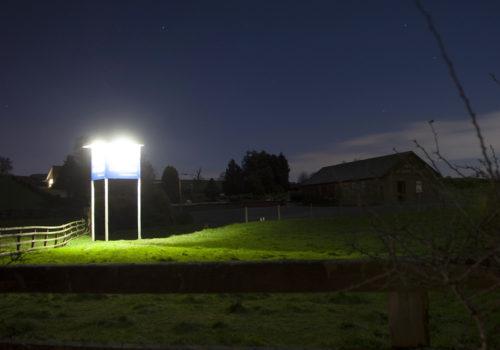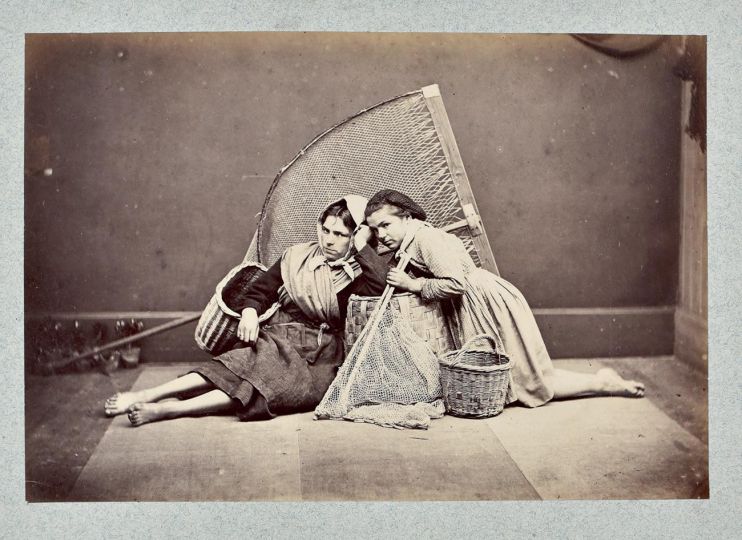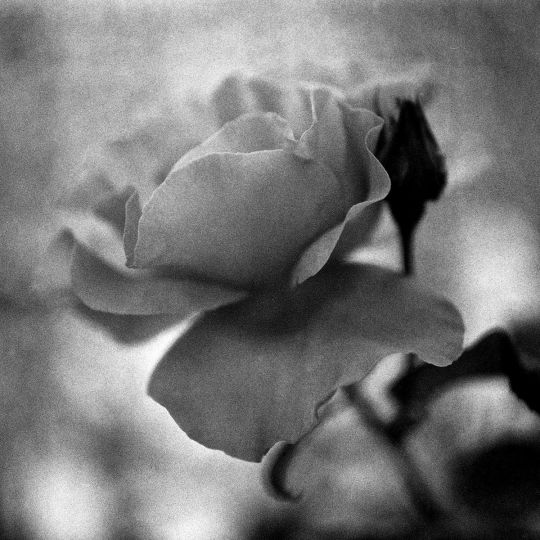Stephen Wilson is a photographer based in Northern Ireland. Over the last twenty-five years his photographs have been featured in numerous national and international publications. Covering subjects as diverse as conflicts in the former Soviet Union to drought in sub-Saharan Africa. Stephen then returned home to work in post conflict Northern Ireland covering stories for newspapers and press agencies and finally working freelance. Now as well as lecturing in photography Stephen continues to work on projects about representation and expressions of faith and identity in the community. As part of this work Stephen runs photography workshops in interface areas using photography as a means of exploring identity and relationship to place.
https://www.stephenwilsonphotography.com
Book orders: link here https://falllinepress.com/products/liminal-by-stephen-wilson
Instagram @stephenwilsonphoto
Patricia Lanza : Your current recently published photographic book is titled, Liminal. What does the title refer to and how did you come to select this title?
Stephen Wilson : The word liminal refers to passing through so liminal spaces or spaces that you pass through on your way somewhere else, like a train station is a liminal space. It’s not a destination. It’s somewhere you travel through on your way to a destination. The spaces that I photographed are Protestant churches in Northern Ireland, so they the buildings that people use when they want to meet with God, so in a way, they’re not the destination they’re simply a liminal space that is moved through in order to meet with God.
How did this work evolve, and the influence of your other past series, Looking at God and Same Difference both of which focus on a common theme about representations of faith?
I have worked in a number of places around the world as well as here in Ireland photographing people and their stories for newspapers and magazines, often people would ask me about the situation in Northern Ireland and I find it difficult to explain. It’s like there are two sides to the story one side is quite clear and understand the other side is confused not very clear. So I decided to photograph the place that I came from they always say you should photograph what you know but it easier to look at someone else’s situation and very difficult to look at your own so I spent some time photographing the physical peace walls working with Community groups doing workshops on both sides of the community talking to people who worked in peace building and reconciliation talking to people who understood history and philosophy and psychology to meet up The protestant community find it very difficult to articulate what they wear but find it easy to say what they were not clear that they are Community based on what they are not which makes it very hard to be something if you’re defined by what you’re not so I thought that’s exactly what I’ll do. I will look at the things that you think are important which is your face and your belief in God which made you.
Discuss your representations to illustrate the series which are often commonplace objects and structures in defining Liminal.
I’m using these buildings as a way of looking at The People. It’s like a portrait of a person where you look at the marks the person leaves behind or the things that a person uses peace land together and peace them together to get a picture of what the person is like Richard Avedon said that in a portrait you cannot scratch the surface to see the true person because the “surface is all that you see when you take a portrait”. So, I suppose this is a little bit like looking below the surface it’s removing the person I’m looking at the space that they inhabit. It’s that kind of feeling you get when you’re in a long church service, that seems to be going on forever and someone is preaching from the front. They are talking and talking about something, and you’re not really listening but your mind wonders and you start to stare at the marks on the carpet and you enter a meditative state where you imagine you see a faces. Or you look at the shadow was on the wall and imagine it looks like a person. Many people have memories from their childhood during these long services of trying to add up all the numbers on the hymn board to fill the time. So someways I’m taking photographs which like Rothko paintings where it’s just a field of color that you project your thoughts into. Other images or just some simple observations of a very functional world, with no ornamentation to distract you, which leads you to wonder why something would be done this way. Why would you put teacups into locked filing cabinet but keep the files just piled up on top? It’s genuinely strange.
How did you choose the Liminal publications writers and why?
I knew I had an idea that spoke to this situation so I showed the start of the work to a couple of friends, not Photographers, and they really got it, they immediately latched on what I was doing. I realized very quickly this is not a photobook of “Hero Images” made so that people can say “My what a wonderful photograph, isn’t that beautiful.” It’s book of images that I think can start a conversation. So, I included in this book opinions and viewpoints of some fascinating people who have been kind enough to write something. I think the images present the situation in a different light which can help this conversation to come about. There are a lot of people who have thoughts and opinions about this culture and its interesting way of expressing itself and reluctance to engage with visual culture and culture and large, so it’s been great to have these conversation and I hope the book will go out into the world and continue to spark and inspire conversations and I’m grateful for these contributors to for really elevating that process. One friend is David Capener and Architect who has represented Ireland at the Venice Biennale wrote a fantastic essay on the presence and absence and the role our dust plays in this absence. Another contributor is Peter Rollins a philosopher and author who writes wonderfully drawing a line from Rothko to the Burning Man Festival through my images to a little known Russian Orthodox sect of hole worshipers. Paul Hutchinson is a poet who has also worked internationally in mediation so has a great perspective on his culture and how words and images play off each other. Bryonie Reid is and artist and writer who for me brought a completely fresh perspective to the project by considering how women exist in an environment designed by and in so many ways controlled by men but held together by women.
What has been some of the response to the imagery in Liminal, as you are using art to investigate religion?
The response largely has been positive although many people are confused, I think I inhabit a very strange and rarified space. Many people in the creative sector want nothing to do with faith and religion because of their own bad experiences, and for their own reasons have fairly strong negative opinions about the subject, for that reason it doesn’t really interest them. Likewise, people who are interested in faith and religion often do not want to engage with art. Although they don’t have much of an understanding of art they often have strong opinions about what is good and bad. So, I inhabit a space between the two with this work which probably means it’s got a very niche audience. Having said that the people that inhabit that space tell me it isn’t important work because it’s something that is not looked at and it should have more time spent thinking about these issues and ways of expressing them.
What are the special events happening with the book’s publication?
I have taken part in a couple of live events in Belfast where I have shown the work and previewed the book. I even ran my own live photography event as part of the Kickstarter where I showed images and a couple of the contributors read their essays, We had a panel discussion on the role of women in the church. We even played some games where people took images from the book and put them together to tell their own stories. This was particularly fascinating for me as people used my images to tell their own personal stories. And there was a wide range of happy and sad memories that they have from their lives linked to these buildings. Some of these memories were so traumatic the people were moved to tears. One man said the image of the cups locked away into the safe remind him of how important all those cups of tea made by all those women that you never saw where in his life. For example, at his mother’s funeral there were many speeches and sermons preached and Bible verses quoted and prayers said by men from the front of the church and he remembers none of it. But the only thing he does remember is all the women who served tea and sandwiches to everyone who came. He remembers how they told him stories about his mother that made him laugh and feel how much she was loved. So, in many ways for me the image of the cups as really a picture of some church icons they’re not the traditional icons painted and hung on a wall to be admired but they are covered in gold and they do hold a special place in people’s lives and they represent something more than what they are. Another one held up the image of the blue carpet with the dust on it and said that this image made her feel sick to put over her stomach and she couldn’t look at it because it made her feel so sick. She had been a member of the church all her life and has had to leave because she was rejected by the church she grew up in because her son was gay. The church could not accept her son, so she had to leave. My photograph evoked in her or something so visceral I could not have anticipated and it is very real. I’m not sure if photography can speak much to a position like this. However, I am glad that my work has in some way created a space for those who want to, to have a conversation.
Text & Interview Patricia Lanza
















